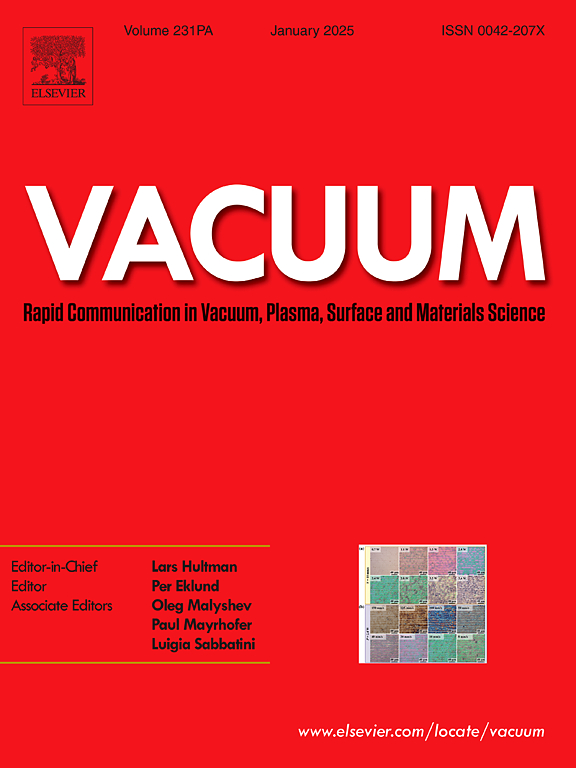Synthesis of carbon quantum dots (CQD) from Archidendron bubalinum pods and its compatibility for voltammetric detection of cadmium ion
IF 3.8
2区 材料科学
Q2 MATERIALS SCIENCE, MULTIDISCIPLINARY
引用次数: 0
Abstract
Carbon quantum dots (CQD) have been acknowledged as novel carbon-based materials with distinctive optical properties and excellent performance for detecting cadmium ion (Cd2+). Herein we report a facile synthesis of CQD from a natural source that is Archidendron bubalinum pods (CQDAb) and its application for an electroanalysis of Cd2+. The synthesized CQDAb was found emitting a strong blue fluorescence. Moreover, the synthesized CQDAb showed lower band gap (4.04 eV) than that of CQD synthesized from graphite (6.09 eV). For electroanalysis purposes, the CQDAb was used as a modifier for carbon paste electrode-based reduced-graphene oxide (CPE/r-GO/CQDAb). The composite of rGO/CQDAb could enhance the performance of CPE/CQDAb and CPE/rGO. The prepared CPE/rGO/CQDAb shows a greater linearity for Cd2+ detection when tested using a square wave voltammetry method. These findings clearly show promising results for preparing CQD-based natural source, specifically A. bubalinum pods, and its application for a Cd2+ sensor.
求助全文
约1分钟内获得全文
求助全文
来源期刊

Vacuum
工程技术-材料科学:综合
CiteScore
6.80
自引率
17.50%
发文量
0
审稿时长
34 days
期刊介绍:
Vacuum is an international rapid publications journal with a focus on short communication. All papers are peer-reviewed, with the review process for short communication geared towards very fast turnaround times. The journal also published full research papers, thematic issues and selected papers from leading conferences.
A report in Vacuum should represent a major advance in an area that involves a controlled environment at pressures of one atmosphere or below.
The scope of the journal includes:
1. Vacuum; original developments in vacuum pumping and instrumentation, vacuum measurement, vacuum gas dynamics, gas-surface interactions, surface treatment for UHV applications and low outgassing, vacuum melting, sintering, and vacuum metrology. Technology and solutions for large-scale facilities (e.g., particle accelerators and fusion devices). New instrumentation ( e.g., detectors and electron microscopes).
2. Plasma science; advances in PVD, CVD, plasma-assisted CVD, ion sources, deposition processes and analysis.
3. Surface science; surface engineering, surface chemistry, surface analysis, crystal growth, ion-surface interactions and etching, nanometer-scale processing, surface modification.
4. Materials science; novel functional or structural materials. Metals, ceramics, and polymers. Experiments, simulations, and modelling for understanding structure-property relationships. Thin films and coatings. Nanostructures and ion implantation.
 求助内容:
求助内容: 应助结果提醒方式:
应助结果提醒方式:


